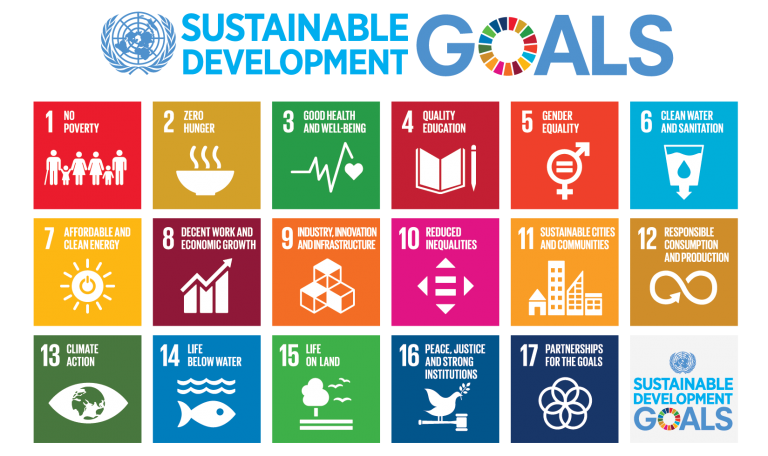Semester of Project Completion
Fall 2021
Project Type
Open Access
UN Sustainable Development Goals
Good Health and Well-being
Abstract
The consumption of high fructose corn syrup (HFCS) has caused a global obesity epidemic that has several health implications such as type two diabetes, fatty liver disease, kidney failure, oxidative stress, insulin resistance, multiple types of cancer, and pathogenesis of cardiometabolic diseases (Johnson et al., 2013; Malik and Hu, 2015; Romieu et al., 2017; Softic et al., 2016). The prevalence of obesity in the United States was evaluated by the Center for Disease Control (CDC) and reported that USA was at 39.8 percent, which is a significant risk factor for the development of type two diabetes mellitus (T2DM) (Mejia and Pearlman, 2019). Furthermore, the World Health Organization’s (WHO) Global Report on Diabetes estimated that 422 million adults were living with diabetes worldwide in 2014 (Mejia and Pearlman, 2019). Inside the bounds of this data includes shocking numbers of children with obesity, 41 million under the age of five years old documented in 2014 (Romieu et al., 2017). Awareness of these statistics have placed multiple countries around the world at risk of obesity with corresponding chronic health complications. In regards to the correlations between obesity rates and how developed a country is, the frequency of obesity tends to increase generally with the income level of a country (Romieu et al., 2017). Essentially, the obesity prevalence is more pronounced in high-income and upper-middle-income countries than it is in low-income countries (Romieu et al., 2017). When addressing the goal of reducing the occurrence of obesity and fulfilling the third SDG, it’s necessary to recognize where the prevalence of this disease lies and why it is occurring in order to take measures to tackle it. Factors such as genetics, age, socioeconomic status, level of physical activity, type of behavior, and dietary patterns all contribute to the propagation of this epidemic and demonstrate the complexity of reversing it as many of these components are interrelated (Bray and Popkin, 2014; Johnson et al., 2013; Malik and Hu, 2015; Romieu et al., 2017). To combat this public health issue globally, reduction of daily intakes of sugar-sweetened beverages through adjustments in dietary patterns, policy interventions addressing consumption/advertisement of sugar-sweetened foods by agribusinesses and corporations in society, and utilization of natural sweeteners are current measures that hold potential to reduce this global obesity epidemic (Johnson et al., 2013; Malik and Hu, 2015; Mejia and Pearlman, 2019; Romieu et al., 2017).
Recommended Citation
Pepper, Kimberli, "Reducing the Obesity Epidemic Globally" (2021). Global Sustainable Development Projects. 7.
https://scholarship.rollins.edu/sdg/7
Rights Holder
Kimberli Pepper


